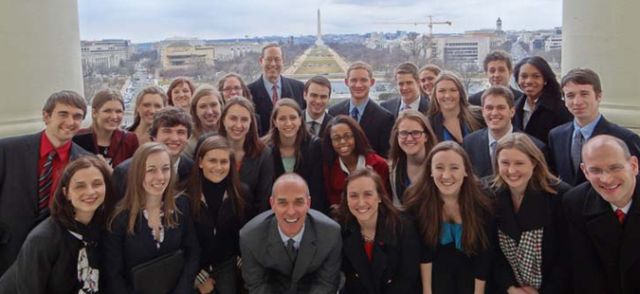Document Type
Conference Paper
Publication Date
5-2015
Publication Source
State Politics and Policy Conference 2015 Annual Meeting
Abstract
The U.S. states have been characterized as “laboratories of democracy” for their ability to formulate public policies aimed at solving some of the most pressing public policy issues. The study of both public policy and legislative politics in the states has been quite robust. However, vitally missing from our understanding of policymaking and the legislative process in the states is the role of constitutional provisions. Many state constitutions contain directives that severely limit the ability of the legislature to act. Some of these directives are procedural while others are more substantive. This is relevant because constitutional rules are more difficult for members to alter than chamber rules and should lead us to question whether or not reform is needed. In previous research (Martorano Miller, Hamm and Hedlund 2009; 2010; 2011; 2014a; 2014b) we developed a quantitative measure of constitutional restrictiveness and explored current variation in this measure across the fifty state legislatures and the U.S. Congress. In this paper, we seek to expand upon our previous research by assessing provisions found in each state’s constitution in terms of the historical context surrounding the constitution’s adoption. We find that this “setting” has a significant impact on the constitutional provisions regarding the legislature’s powers restrictions and mandates. These features in turn create the “constraints” (a type of “cage”) limiting the legislature.
Document Version
Postprint
Copyright
Copyright © 2015, by the authors
eCommons Citation
Miller, Nancy Martorano; Hamm, Keith E.; and Hedlund, Ronald D., "Working in a Cage: The Evolution of Constitutional Restrictiveness in U.S. State Legislatures" (2015). Political Science Faculty Publications. 107.
https://ecommons.udayton.edu/pol_fac_pub/107
Included in
Political Theory Commons, Public Affairs, Public Policy and Public Administration Commons




Comments
Document is provided for download with the permission of author Nancy Martorano Miller. Permission documentation is on file. Any information derived from this paper must be attributed properly.